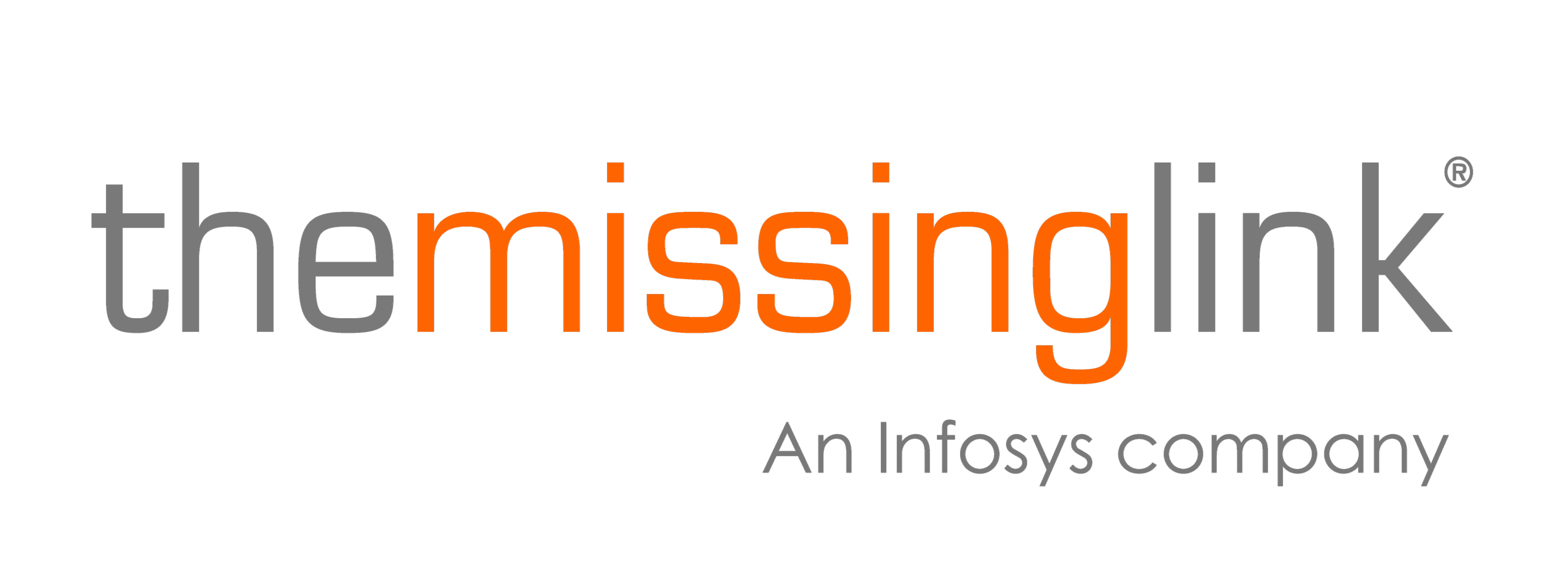In cybersecurity, we often talk about good habits: enabling multi-factor authentication, patching systems regularly, and training staff to spot phishing. These basics matter, but they can only protect what you can actually see.
Cyber hygiene starts with visibility. Without it, even the most well-intentioned controls can leave you exposed.
You can't secure what you can't see.
If you don’t know a system exists, you can’t patch it. If a cloud tool is being used without approval, you can’t enforce MFA. If users are clicking phishing links and there’s no way to detect or report it, you can’t train them effectively.
That’s why visibility is the foundation of cyber hygiene.
It’s not just about detecting threats, it’s about understanding your environment well enough to reduce risk before an incident occurs.
According to Mimecast, 95% of data breaches are caused by human error. That single statistic underscores why insight into your systems, behaviours, and risks is essential for protection.
Visibility is your first defence against top threats
Good cyber hygiene relies on consistent practices. But consistency is impossible without knowing where your blind spots are. Let’s explore how a lack of visibility directly contributes to the most critical threats facing businesses today and what you can do to reduce your risk.

Visibility is the first step to cyber resilience
-
1. Phishing remains the top cyber security threat
Phishing attacks remain the top method for compromising businesses. One misjudged click is all it takes to give attackers a foothold.
To reduce risk, implement regular security awareness training, simulate phishing campaigns, and monitor user behaviour to identify high-risk employees. Creating a security-aware workforce is one of the most effective ways to guard against these threats.
-
2. Unpatched systems
Outdated systems and missed updates are easy targets. Without full visibility into your environment, patching can be incomplete or inconsistent.
Use tools like Microsoft Secure Score or patch management services to identify and close vulnerabilities faster.
-
3. Remote work and unmanaged devices
Home networks, personal devices, and hybrid setups expand your attack surface. Devices outside the corporate perimeter often go unmonitored.
Ensure all endpoints are protected with EDR and policies that enforce compliance, especially for remote workers.
-
4. Insider threats and overprivileged users
Not all threats come from outside. Without visibility into user access and behaviour, insider risk can go unnoticed.
Apply Role-Based Access Control (RBAC), monitor privileged activity, and regularly review dormant accounts.
-
5. Ransomware and data exfiltration
Sophisticated ransomware variants move quietly through your systems before striking. Visibility helps detect lateral movement and unusual behaviour before it's too late.
Combining threat detection, backups, and real-time alerts strengthens your defence.
-
6. Misconfigured cloud services
Cloud misconfigurations are often invisible until it’s too late. As more data moves to the cloud, so does your risk. Implement Secure Score, CASB tools, and identity governance to detect gaps in your cloud environments.

Where most organisations lose visibility
In today’s hybrid and cloud-first environments, visibility gaps are common and growing. Common blind spots include:
- Shadow IT
Teams adopt SaaS tools or browser extensions without IT oversight, bypassing established controls.
- Remote work devices
Laptops used outside corporate networks often go unmonitored or missed by patching and EDR policies.
- Overprivileged users and credentials
Dormant accounts, shared admin credentials, or broad access rights increase attack surfaces often without being tracked.
- Living off the Land (LotL) attacks
As discussed in our recent CheckITOut podcast, attackers are now using your own tools against you blending in with authorised activity to remain undetected.
Tools that turn visibility into action
Improving visibility doesn’t have to mean reinventing your stack. Many organisations already have tools in place they just need better configuration, integration, or analysis. Here are a few key enablers of visibility-first cyber hygiene:
Microsoft Secure Score
Provides real-time insight into your Microsoft 365 environment and actionable steps to improve your configuration posture.
Solutions like Microsoft Defender for Endpoint and CrowdStrike monitor devices for suspicious activity and non-compliance with patching or policy settings.
The Missing Link’s MDR service delivers 24/7 threat detection and visibility across endpoints, users, and networks, especially useful for spotting slow-moving or blended threats.
MITRE ATT&CK Coverage Assessments
Map your current visibility and detection capabilities against known adversary tactics to identify blind spots and strengthen hygiene efforts.
Security Awareness Platforms
Track phishing simulation engagement, risky user behaviour, and training completion metrics, helping turn cultural awareness into measurable outcomes.
The Missing Link approach: Visibility-led hygiene
At The Missing Link, we help organisations start their cyber hygiene journey by improving visibility first. Whether through security assessments, Essential 8 readiness, or MDR onboarding, our focus is on surfacing the gaps before they become incidents.
By knowing what exists, how it behaves, and where it’s exposed, we help our clients implement cyber hygiene practices that are consistent, scalable, and tailored to their risk profile.
Start with what you can see and build from there
Cyber hygiene isn’t just about tools or training, it’s about the insight that makes those efforts count.
Before you enforce a policy or run a campaign, ask yourself: Do we have the visibility to make this work?
This Cyber Security Awareness Month, take the first step by uncovering what’s in your environment. Because when it comes to cyber resilience, you can’t secure what you can’t see.
Contact us for a visibility and risk posture assessment and learn how we can help build cyber hygiene from the inside out.


